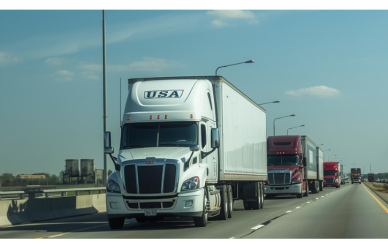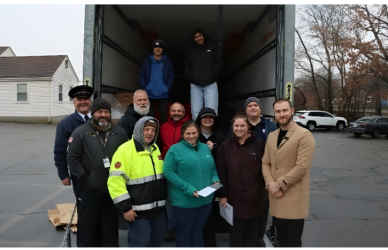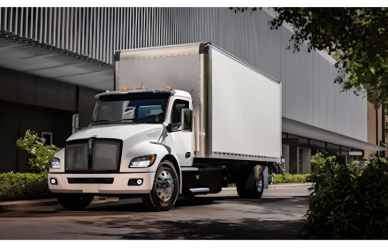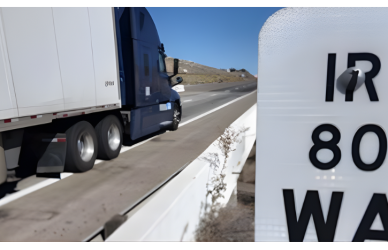The anticipated rule requiring speed limiters for commercial motor vehicles has been deferred until May 2025, as outlined in the latest update from the U.S. Department of Transportation’s regulatory agenda.
The Spring 2024 Unified Regulatory Agenda’s release highlights yet another postponement in the controversial rulemaking process, which has received notable resistance from truck drivers, lawmakers, and industry organizations.
In 2022, the Federal Motor Carrier Safety Administration (FMCSA) revived a 2016 proposal by issuing an advance notice of supplemental proposed rulemaking for speed-limiting devices on commercial motor vehicles exceeding 26,001 pounds.
This notice in 2022 amassed over 15,000 comments, with the majority coming from truck drivers opposing the mandate. The Owner-Operator Independent Drivers Association (OOIDA), which advocates for small-business truckers, contends that such a rule could undermine safety by causing hazardous speed differentials, thereby increasing the risk of collisions between cars and trucks.
Despite the pushback, FMCSA is resolute in its mission to push forward a formal speed limiter proposal, which will stipulate a maximum speed limit. However, the proposal has seen multiple delays. Initial timelines suggested release dates around June 2023, December 2023, and May 2024. The current aim is for a release in May 2025.
“FMCSA intends to proceed with a motor carrier-based speed limiter rulemaking by preparing a supplemental notice of proposed rulemaking to follow up on the National Highway Traffic Safety Administration’s and FMCSA’s jointly issued Sept. 7, 2016, notice of proposed rulemaking on this subject,” as stated in the DOT’s regulatory agenda. “The new rulemaking in subsequent consultation with NHTSA, will consider whether additional regulatory actions should be taken concerning CMV manufacturer requirements.”
The DOT notes that the rulemaking will be directed at commercial motor vehicles weighing over 26,001 pounds that operate in interstate commerce and have an electronic engine control unit.
Previous notices did not specify a maximum speed, though truck safety advocates have recommended speed caps for heavy-duty trucks at 60 mph. Other proposed limits include 65, 68, and 70 mph.
Opponents argue that such speed limits may create dangerous speed differentials, given that some U.S. highways have speed limits up to 85 mph. Additionally, interstate traffic often exceeds posted limits, potentially causing cars to travel up to 30 mph faster than trucks.
“Studies and research have already proven what we were all taught long ago in driver’s ed classes – that traffic is safest when vehicles all travel at the same relative speed,” emphasized OOIDA President Todd Spencer. “Limiting trucks to speeds below the flow of traffic increases interactions between vehicles, which can lead to more crashes.”
There is also legislative resistance to the speed limiter mandate. The DRIVE Act, which aims to prevent FMCSA from enacting any speed limiter rules, has been introduced in both the House and Senate. An appropriations bill also includes a provision to obstruct the rulemaking process.
In addition to OOIDA, the DRIVE Act has garnered support from groups such as the American Farm Bureau Federation, the Livestock Marketing Association, the National Association of Small Trucking Companies, the National Cattlemen’s Beef Association, and the Western States Trucking Association.
Source: Land Line











